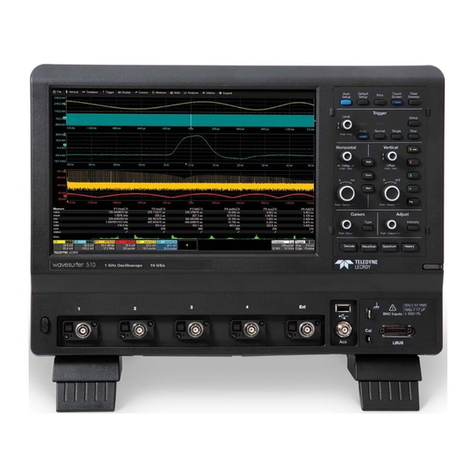Teledyne Lecroy WaveSurfer 3000 User manual
Other Teledyne Lecroy Test Equipment manuals
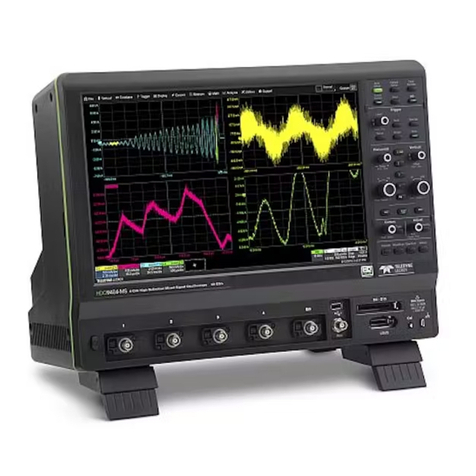
Teledyne Lecroy
Teledyne Lecroy HDO9000 User manual
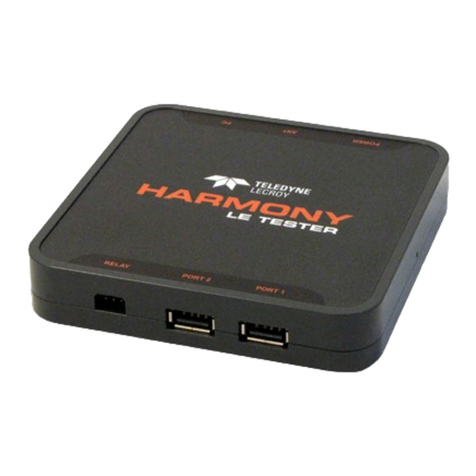
Teledyne Lecroy
Teledyne Lecroy FrontLine Harmony User manual

Teledyne Lecroy
Teledyne Lecroy HDO4000 User manual
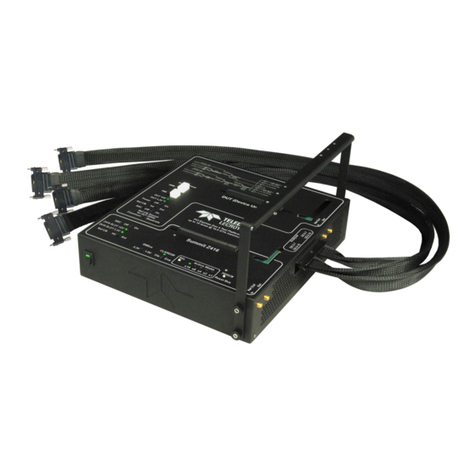
Teledyne Lecroy
Teledyne Lecroy Summit Gen4 Test Platform User manual
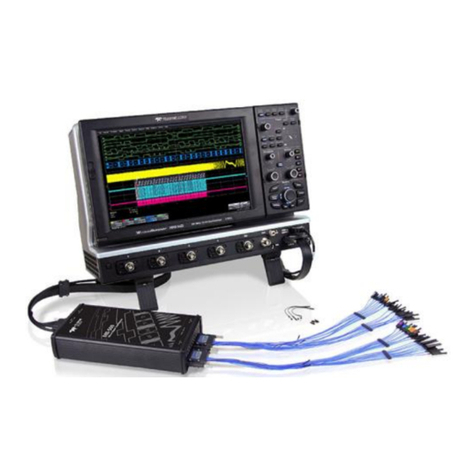
Teledyne Lecroy
Teledyne Lecroy MS-250 User manual
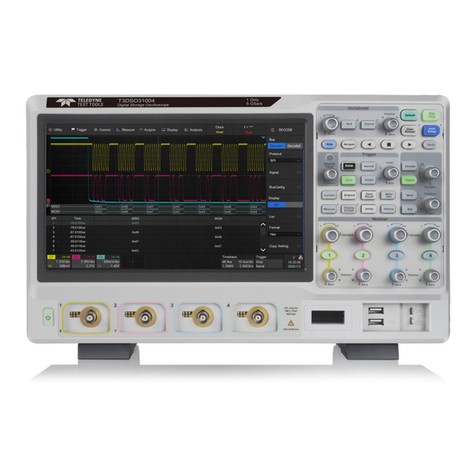
Teledyne Lecroy
Teledyne Lecroy T3DSO3000 User manual
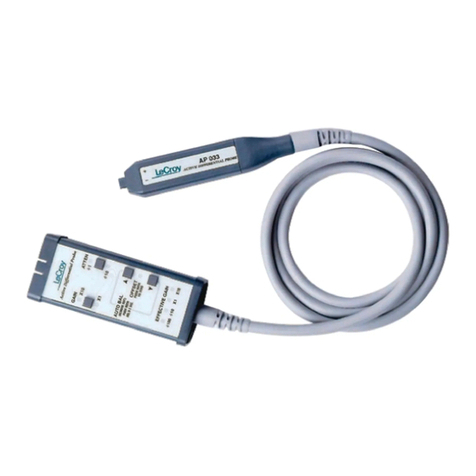
Teledyne Lecroy
Teledyne Lecroy AP033 User manual

Teledyne Lecroy
Teledyne Lecroy WaveSurfer 3000 User manual
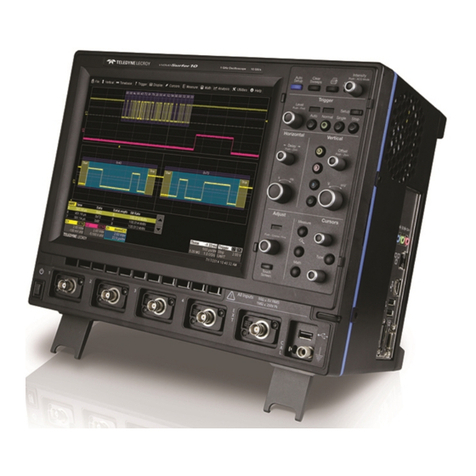
Teledyne Lecroy
Teledyne Lecroy WaveSurfer 10 User manual
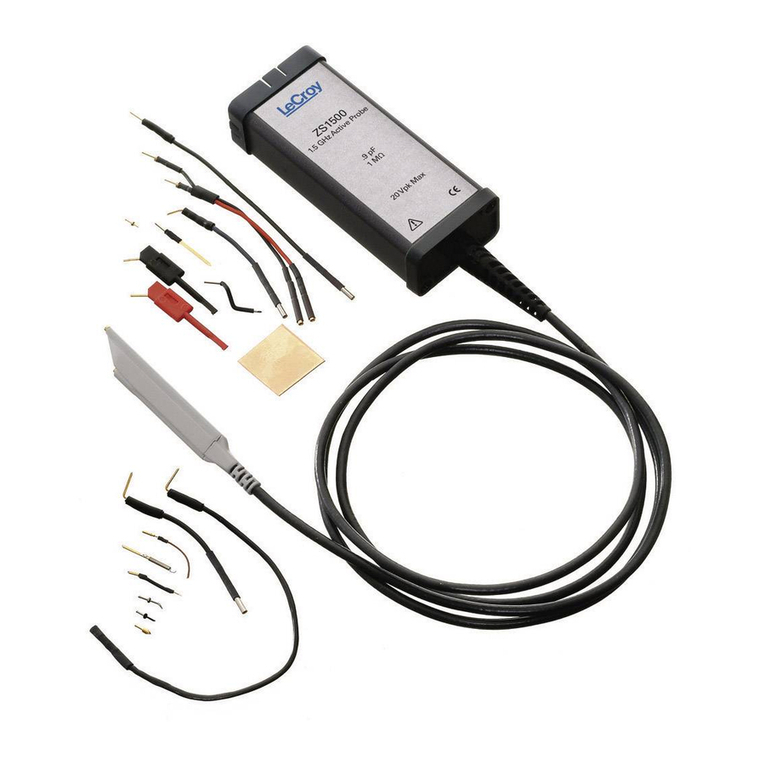
Teledyne Lecroy
Teledyne Lecroy ZS1000 User manual

Teledyne Lecroy
Teledyne Lecroy PP066 User manual

Teledyne Lecroy
Teledyne Lecroy RP2060 User manual
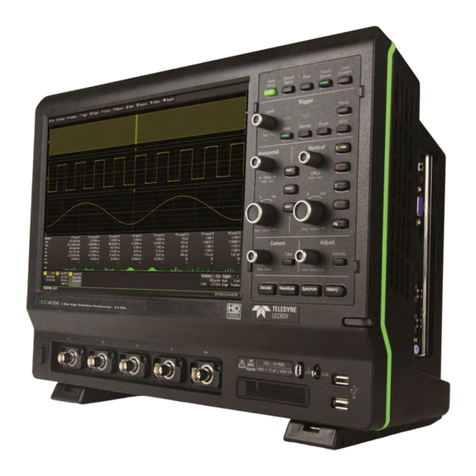
Teledyne Lecroy
Teledyne Lecroy HDO4032 User manual

Teledyne Lecroy
Teledyne Lecroy WaveSurfer 10 User manual

Teledyne Lecroy
Teledyne Lecroy HDO4000 User manual
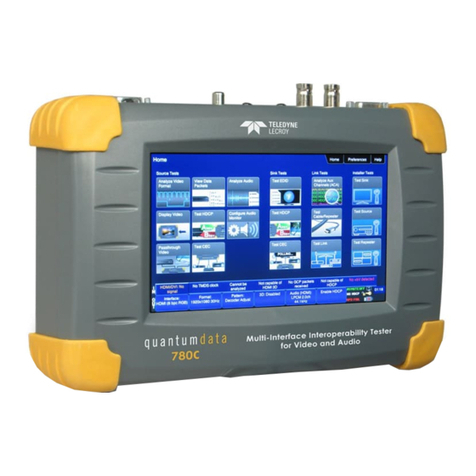
Teledyne Lecroy
Teledyne Lecroy 780C User manual
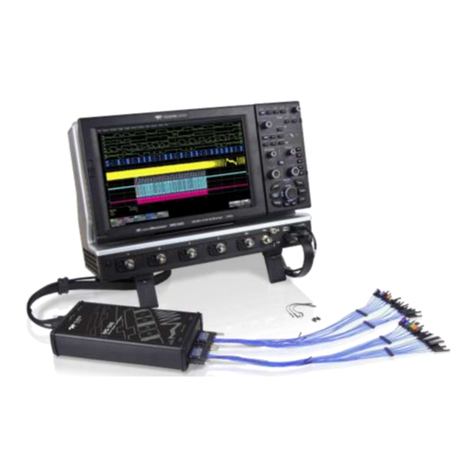
Teledyne Lecroy
Teledyne Lecroy MS-500 User manual
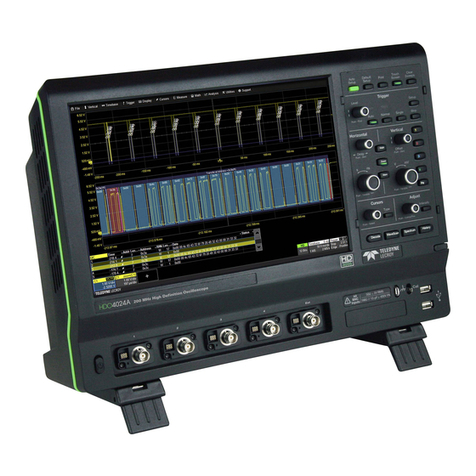
Teledyne Lecroy
Teledyne Lecroy HDO4024A-MS User manual
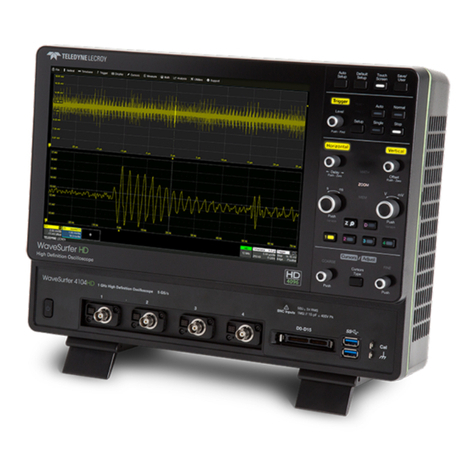
Teledyne Lecroy
Teledyne Lecroy WaveSurfer 4000HD User manual

Teledyne Lecroy
Teledyne Lecroy HDO6000 User manual
Popular Test Equipment manuals by other brands

Redtech
Redtech TRAILERteck T05 user manual

Venmar
Venmar AVS Constructo 1.0 HRV user guide

Test Instrument Solutions
Test Instrument Solutions SafetyPAT operating manual

Hanna Instruments
Hanna Instruments HI 38078 instruction manual

Kistler
Kistler 5495C Series instruction manual

Waygate Technologies
Waygate Technologies DM5E Basic quick start guide

StoneL
StoneL DeviceNet CK464002A manual

Seica
Seica RAPID 220 Site preparation guide

Kingfisher
Kingfisher KI7400 Series Training manual

Kurth Electronic
Kurth Electronic CCTS-03 operating manual

SMART
SMART KANAAD SBT XTREME 3G Series user manual

Agilent Technologies
Agilent Technologies BERT Serial Getting started


